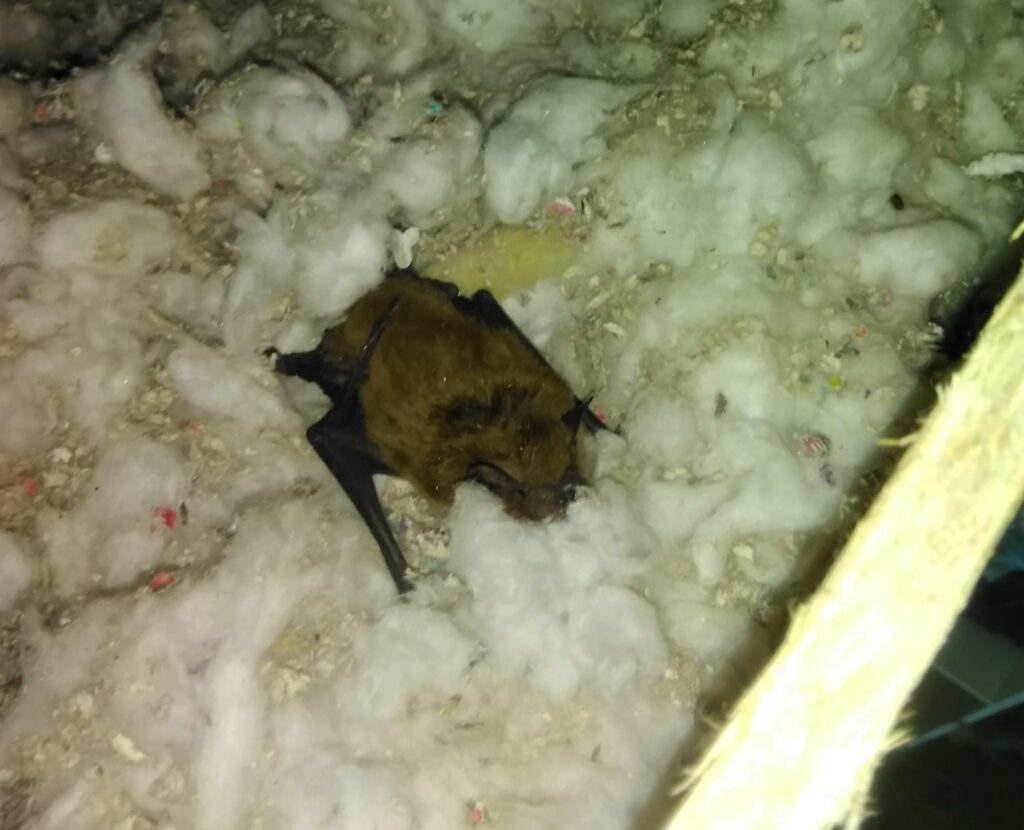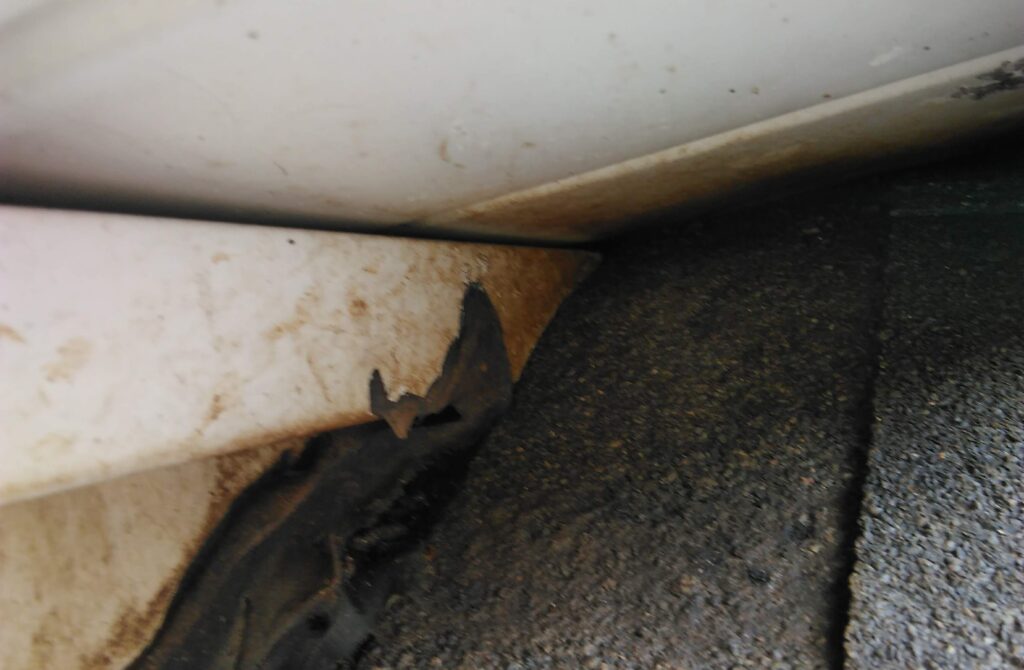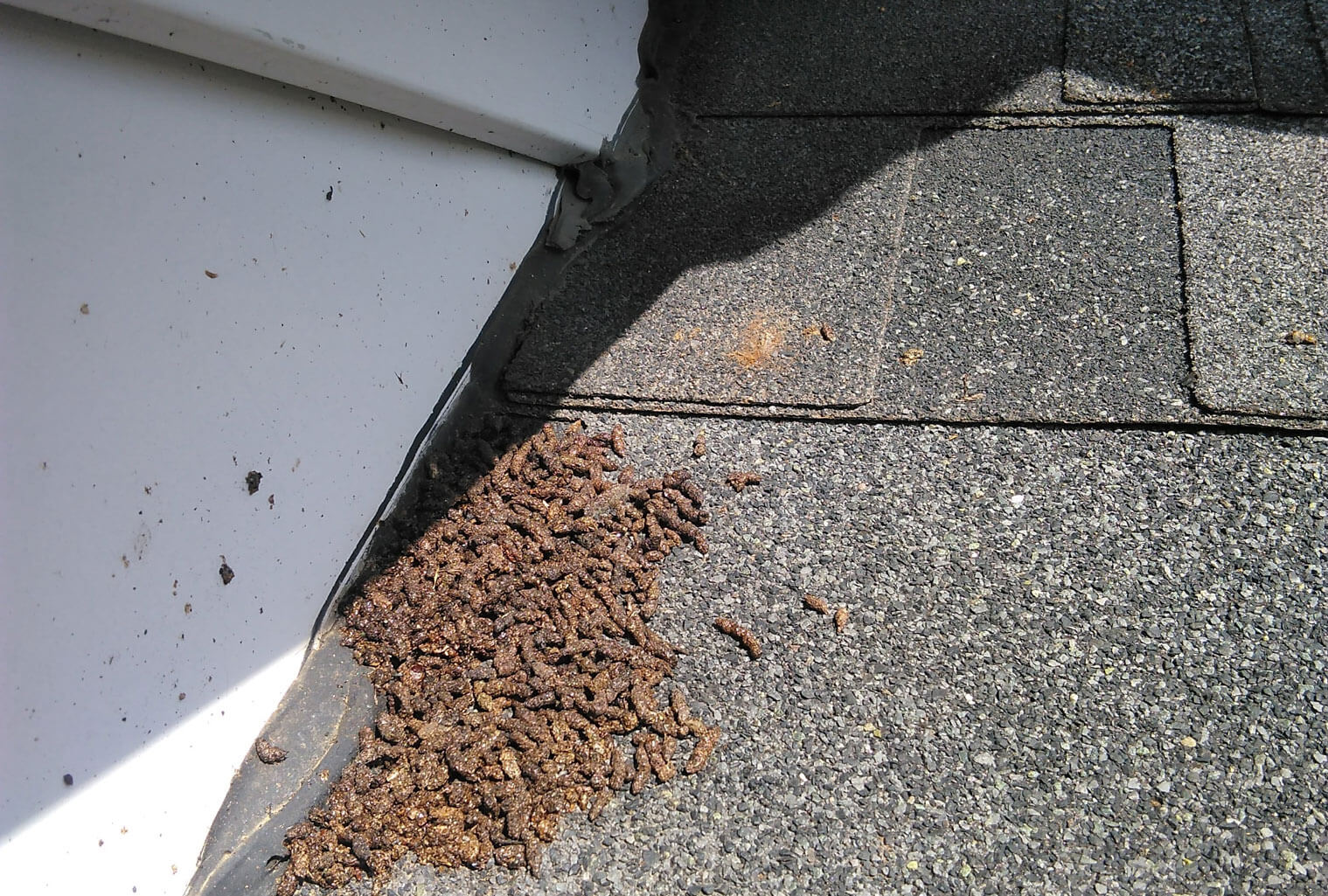
Bat Havens
During the winter, bats seek shelter from the harsh, cold climate. For most species, such as the plain-nosed or the eastern small-footed bat, the ideal refuge from the winter are caves and abandoned mines. These bats tend to hibernate in groups and sometimes they migrate miles away to find suitable locations for hibernation. Other species, such as the big brown bat, may wind up in spaces that are also used by people. When bats enter residential buildings, they often occupy spaces like the attic or chimney. As spring approaches, bats will leave the attic but they may return to give birth and nurse their young which may result in bats being inside your building during the summer. Since migratory bats are away from their natural hibernation spots during the summer, they resort to spaces such as inside foliage or in crevices in and around cliffs as temporary alternatives.Bat Activity During the Day
Just because they are nocturnal animals doesn’t mean you won’t see bats around during the day. It may, however, signal danger, especially for the bat. Bats that are suffering from the white-nose syndrome may leave the hibernation spaces before the winter ends and may be seen flying around during the day. Occasionally, bats that are nursing their young, will venture out during the day to find food.The Recommended Response to a Bat Situation
If you hear or see signs of bats inside your building (thumping sounds as they fly around inside or the very obvious- sightings of bats flying from exit points), you should get expert help immediately. It is important that you avoid direct contact with the bats as they may be carrying diseases. Your attempts to remove bats may also cause harm to the animals.



